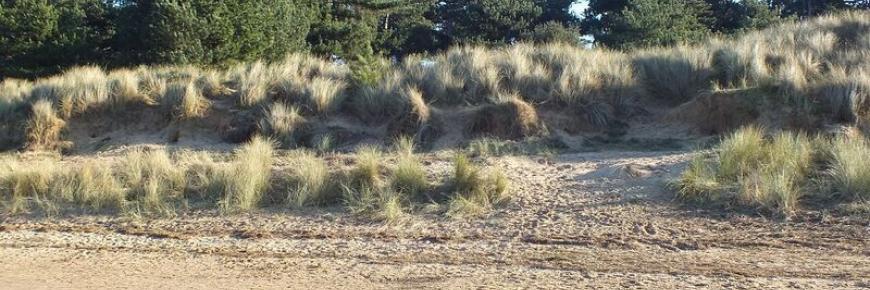Marram Health 'Early Warning' Tool
It is sometimes not easy for stakeholders to proactively apply ecosystem-based techniques for dune resilience, as no simple tool exists to assess the status of dunes. Current approaches are time-consuming and require large amounts of data. There is no consistent or standardised approach available for comparing dune status across large areas such as shared coastlines.
Without knowledge of standards for dune health, it is hard for stakeholders to justify and implement ecosystem-based management. Yet it is more sustainable to prevent flooding and erosion before they occur, as nature-based solutions aim to, than to manage the situation after such events occur (as is often the case for hard interventions).
We have built an early warning tool to assess dune health. It is simple to use but underpinned by state-of-the-art science and technology.
Using marram grass as a natural indicator of dune health, it provides a ‘gold standard’ for monitoring and management of dunes. It is also the first ever large-scale review of 2 Seas dunes. Marram grass plays a vital role in the process of dune formation, capturing sand and enabling dunes to grow. Marram grass can therefore be used as an indicator for sand dune health.
The development of this tool was led by University of Gent. The tool has been embedded within the Viewer Mapping Tool.
A presentation by University of Gent on how the tool can be used can be found on our YouTube Channel.

